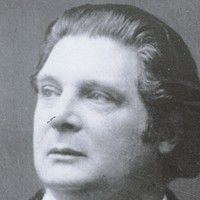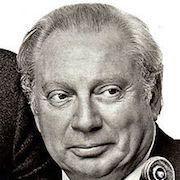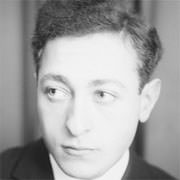Lucien Durosoir (1878 - 5 December 1955) was a French composer and violinist whose works were rediscovered thanks to manuscripts found by his son Luc.
Durosoir studied the violin with Joseph Joachim and Hugo Heermann in Germany before his first tour as a young virtuoso in 1899. In addition to giving the first performances of French music in Austria-Hungary and Germany (Saint-Saëns, Fauré, Lalo, Widor, Bruneau), he also gave the French premiere of the Strauss violin concerto in 1901.
His career as a violinist was cut short by World War I. Durosoir served in the Fifth Division, which took part in some of the bloodiest battles of the war (Douaumont, the Chemin des Dames, and Eparges). At the encouragement of General Mangin, Durosoir formed a string quartet with his fellow soldiers Henri Lemoine (second violin), André Caplet (viola), and Maurice Maréchal (cello).
After his demobilization in February, 1919, he began to compose at his home in southwest France. For the next thirty years he composed a host of works, including three string quartets, (1920, 1922 and 1933–34) a large piano sonata (Le Lys, 1921), a piano quintet (1925), an orchestral suite (Funérailles, 1930), and about twenty-five works of chamber music for various instrumental combinations. Isolated from Parisian musical trends, Durosoir forged a very personal style in the Romantic tradition, but with unusual features such as polyrhythms. In 1922 André Caplet wrote, "I will talk with enthusiasm to all my friends about your quartet, which I find a thousand times more interesting than anything with which the noisy group of newcomers overwhelms us."
From 1950 onwards illness prevented him from continuing to compose and he died in December 1955.
Thanks to his son Luc Durosoir and Luc's wife Georgie, a renowned musicology professor at the Sorbonne, Durosoir's works have been published and the MEGEP chamber music competition was founded to encourage the revival of the genre. A book of Durosoir's letters has been published to much acclaim in France, and interest in the music is increasing amongst musicologists, performers and pedagogues.






